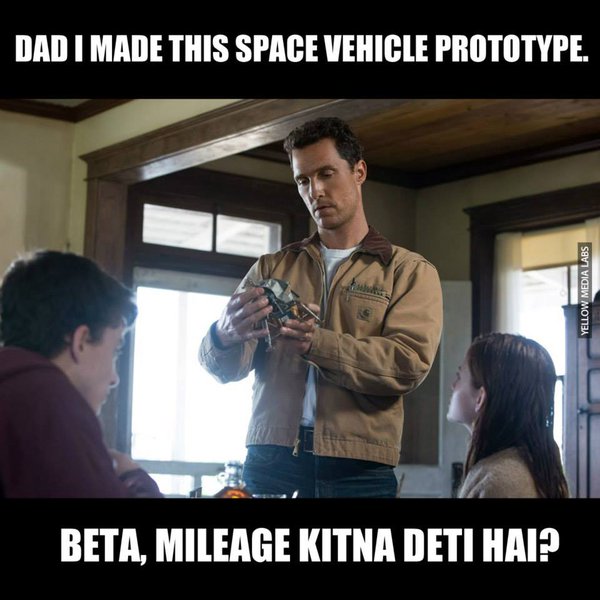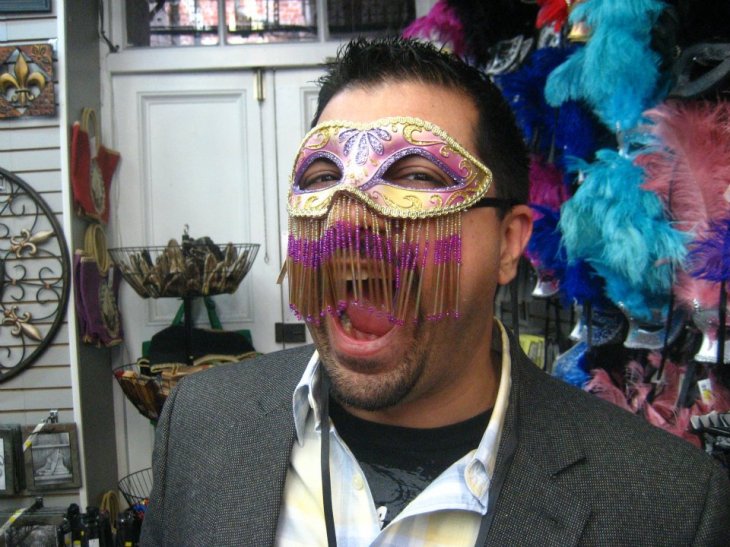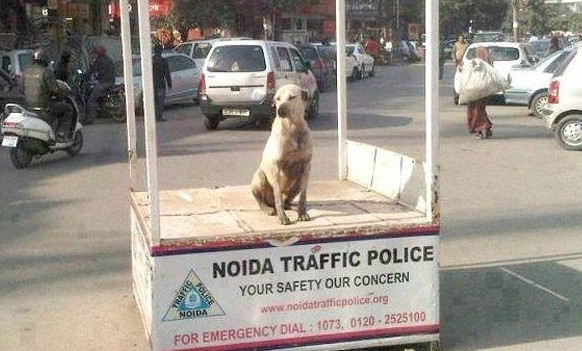If you happen to watch Maruti car advertisements in the last decade they would usually have the “Kitna Deti hai” (How much average does this give) advertisement campaign.
Like most Indians I too am concerned about the average my car gives before buying. But this Saturday visit to Fiat Wheels Showroom at Mohali for servicing of my car was an eye opener to how much people take this “car average” issue seriously. Talking to sales team about customer choices these days, the guys shared am amazing incident on this theme.
A customer had ordered a new car for around 7 lacs(10000$) and at the time of delivery the dealer filled the car with around 5 liters of diesel. As the car company claims the average around 20 km per liter the customer who hailed from Ambala(Around 90 km from Chandigarh)calculated he could reach Ambala with the said amount of Diesel. The dealer specifically asked him to get the car filled with diesel and then proceed to his hometown. After around one hour of delivery, the salesman received the call from the customer that car had stopped midway and diesel was empty and he did not have anyone for help. So he asked him for help and the dealer responded and the salesman reached the spot after about an hour with diesel.
The incident is a glowing example of how good we are at mathematics and how little misery on the customer’s part can spoil his fun. Just imagine having spent 7 lacs (10,000$) on the car and then avoided 2500 Rupees (30$) for a full tank.
The scenario can be projected to the life of many people where we spend stupendous amount on buying the thing but when it comes to maintenance/annual service we aren’t very keen unless the item is giving us a problem.







